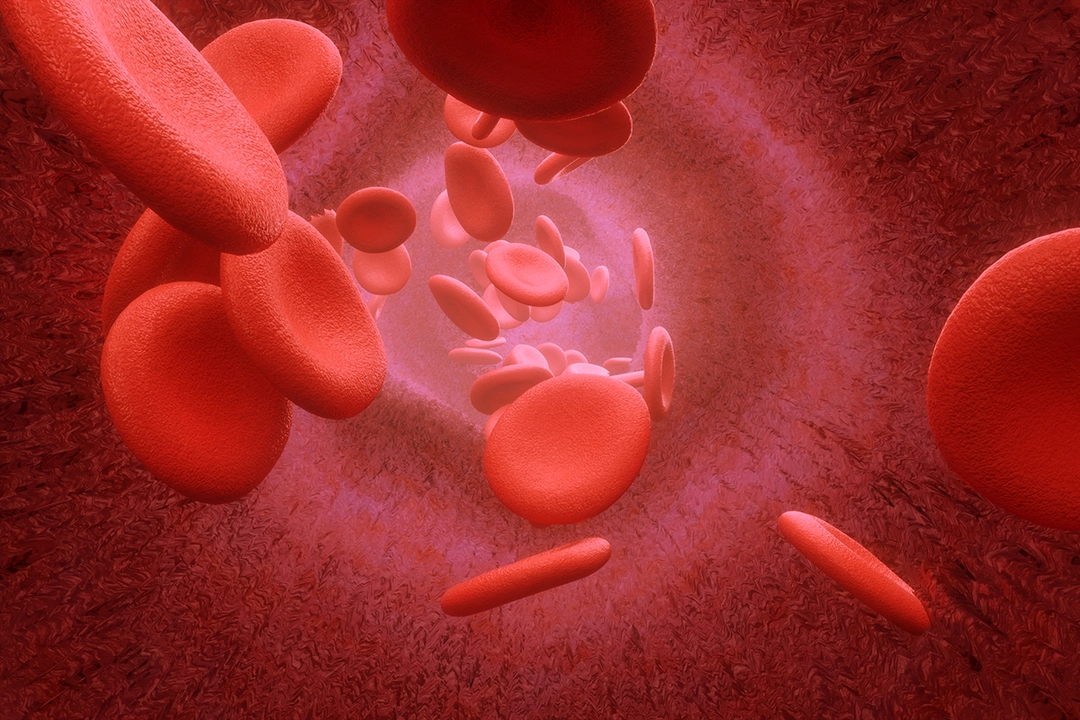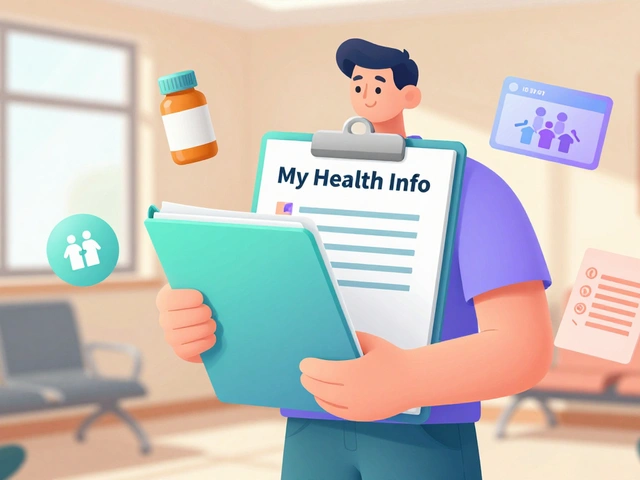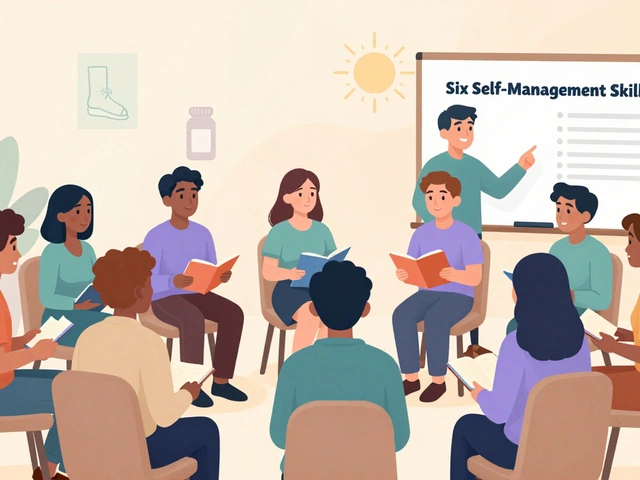Blood clots: what to watch for and what you can do
A blood clot can be harmless or life-threatening. Some clots stop bleeding after an injury. Others form inside veins and can travel to the lungs. Spotting the difference often saves lives, so know the common warning signs and basic prevention steps.
Causes and common risk factors
Clots form when blood sticks together more than it should. That can happen after surgery, long flights, or when you’re less active for days. Cancer, pregnancy, and some genetic conditions make clots more likely. Hormone pills, smoking, obesity, and older age also raise the risk. Certain medications — including some cancer drugs and even common antibiotics — can affect clot risk or interact with blood thinners. If you have any of these factors, mention them to your doctor before treatments or long travel.
Different clots cause different problems. Deep vein thrombosis (DVT) usually starts in a leg or arm vein. Pulmonary embolism (PE) happens when part of a DVT breaks free and lodges in the lungs. DVT and PE are the urgent ones to know.
Symptoms to act on right away
DVT often shows as one swollen, warm, painful leg or arm. The skin may look red or feel tight. PE symptoms include sudden shortness of breath, sharp chest pain that gets worse with a deep breath, rapid heart rate, lightheadedness, or coughing up blood. If you notice these—or if a leg suddenly swells after recent surgery or long travel—get emergency medical care.
Doctors use tests like Doppler ultrasound, D-dimer blood tests, and CT scans of the chest to check for clots. If a clot is found, treatment usually starts fast to stop it growing or moving.
Anticoagulant drugs (blood thinners) are the main treatment. Options include older medicines like warfarin (Coumadin) and newer direct oral anticoagulants such as apixaban or rivaroxaban. Heparin or low-molecular-weight heparin are often used in hospitals. Each medicine has pros and cons — warfarin needs regular INR blood checks and careful vitamin K management, while newer drugs need less monitoring but may not suit everyone.
Never stop or change a prescribed blood thinner without talking to your clinician. Doing so can cause serious harm.
Simple steps cut your risk: keep moving during long trips, take regular short walks after surgery, stay well hydrated, and quit smoking. Compression stockings help some people after DVT or during long travel. Manage weight and control chronic conditions like diabetes and high blood pressure.
If you take blood thinners, learn about drug and food interactions, track any unexplained bruising or nosebleeds, and keep emergency contacts handy. Ask your healthcare team when you can safely pause medication for procedures.
Blood clots are common but manageable when treated early. Know the signs, reduce your risk where you can, and get quick care if worrying symptoms appear.
In my recent research, I came across an interesting connection between blood clots and autoimmune diseases. It seems that individuals with certain autoimmune conditions may be at an increased risk of developing blood clots. The reason for this link is due to inflammation and an overactive immune system, which can cause damage to blood vessels and lead to clot formation. It's essential for those with autoimmune diseases to be aware of this potential risk and take necessary precautions. Consult your healthcare professional for more information and personalized guidance on managing this risk.



